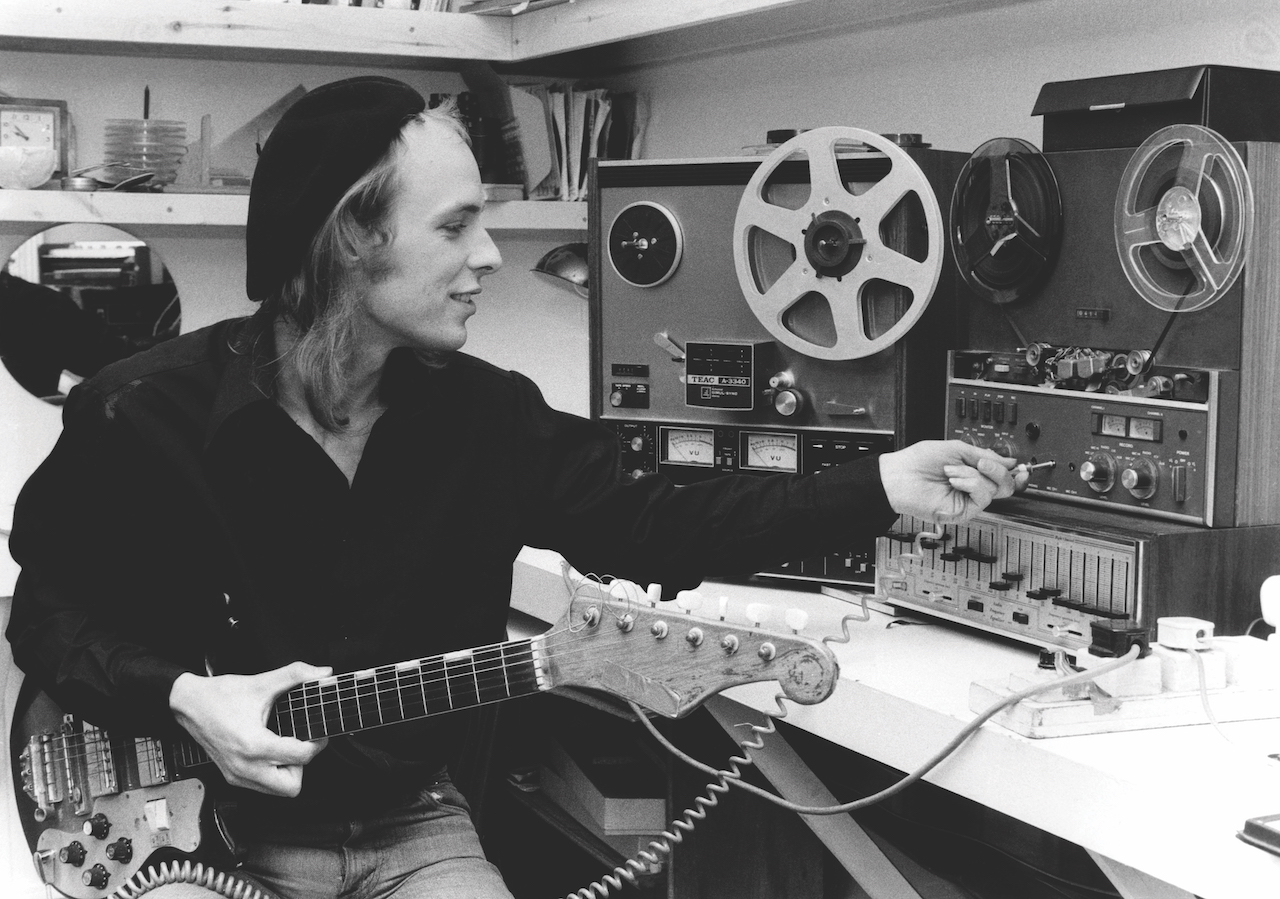How to use reverb to create unique spatial effects
While we can manipulate those regular sounding ’verbs with ease, it’s time to explore how to make all manner of reverb-based effects…

Using reverb as reverb – that is, using it to create acoustic spaces and interesting ambiences – we know that there are all sorts of creative things we can do within this context. But there are also various ways in which we can harness reverb as a sound source or instrument in-and-of itself, and use it to create special effects that have a distinctive character all of their own.
A good example is a strange resonance trick that many (but not all) algorithmic reverbs can pull off. If we combine a small reverb/room size with longer decay times, and get the wet/dry balance set just right, what we can end up with is a resonant, reverberant, somewhat pitched, somewhat comb-filtered sound that would be tricky to create any other way.
Adjusting other reverb parameters, such density, spread and damping can impact this effect in useful ways, and adding modulation creates phaser-style effects. What we’re actually doing here is a bit of Karplus-Strong string synthesis, with the reverb acting as a resonator and wave-guide – sound designers take note!
Not all algorithmic reverbs can do this, and those that can will tend to create different results, so try it with a number of different plugins to see how each responds. Convolution reverbs can also create fascinating filtering and colouration effects (convolution is, after all, used for such things as well as for reverb), so remember to hunt out and experiment with unconventional impulse recordings to see what results they produce.

All rise
Originally, in the pre-digital days of tape, reverse reverb was created by swapping the tape reels so that everything played backwards, recording the ensuing reverb to the reversed tape, then putting the reels the right way around again. On playback, the reverse reverb fades in and builds towards the sounds that actually spawned it, just as it should do.
Many reverb plugins offer reverse reverb effects and these can be useful, but they’re not the real deal because the seed sound always occurs before the reverb itself (plugin developers having not yet cracked time travel!). Creating a real reverse reverb in a DAW is easier than it was with tape, but it’s still a bit of a faff.
Reverse reverbs are, of course, just one form of riser – those characteristic sonic build-ups that can add so much drama and anticipation to a song. Different seed sounds and parameter settings result in different reverb sounds, making your average reverb plugin a great tool for creating such risers.
Want all the hottest music and gear news, reviews, deals, features and more, direct to your inbox? Sign up here.

Freezing and morphing
Some reverb processors offer a fun feature that freezes and sustains the currently-sounding reverb tail. Automating this is a great way to create rhythmic reverb effects, and mapping it to a button on a hardware controller, along with mappings to other reverb parameters, gives us a way to play the reverb in a creatively spontaneous manner, almost as though it were a synth.
There are a few reverb processors that deliberately lean towards this sort of usage, such as Baby Audio’s Spaced Out and BLEASS Reverb. Both have freeze buttons, and both include X-Y pad-style controls that warp and bend the reverb settings in different ways, perfect for creating risers and special effects.

Reverb pads
Here, we’re taking advantage of the fact that reverb tails are timbrally rich and complex, but we can somewhat control that complexity via choice of reverb processor, parameter settings and by carefully choosing our seed sounds.
We could, for example, create a reverb tail that is pitched to a particular note or set of intervals simply by triggering it with an instrument playing that note or chord. Similarly, using noise bursts or drum hits lets us create atonal sounds to synthesise with.

Granular synths are best at taking advantage of this sort of sound source. As we know, any sound or recording can provide a rich seam of tones for a granular synth to work with, and reverb tails are no exception.
Any sound can provide a rich seam of tones for a granular synth to work with. Reverb tails are no exception
What makes them work particularly well, though, is that we can pre-seed these tails with pitches and timbres that we like, and even bring in variations whilst the reverb is sounding. What better for breathy and floaty synth pads?
Alternatively, if the reverb is seeded with a drum or other atonal sound, a granular synth can turn this into a unique noise pattern that can be layered with other sounds, used as the basis of new and original drum and percussive sounds, or even used as a convolution impulse.